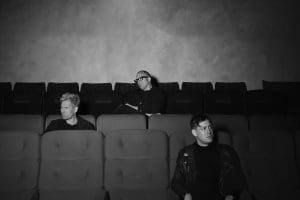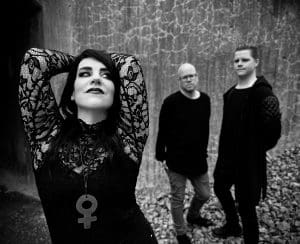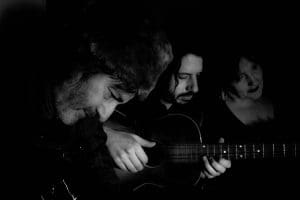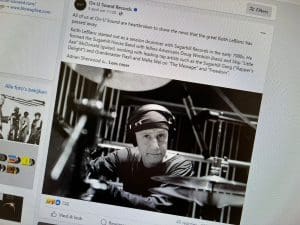Electronic music in virtual reality: Future or fad?
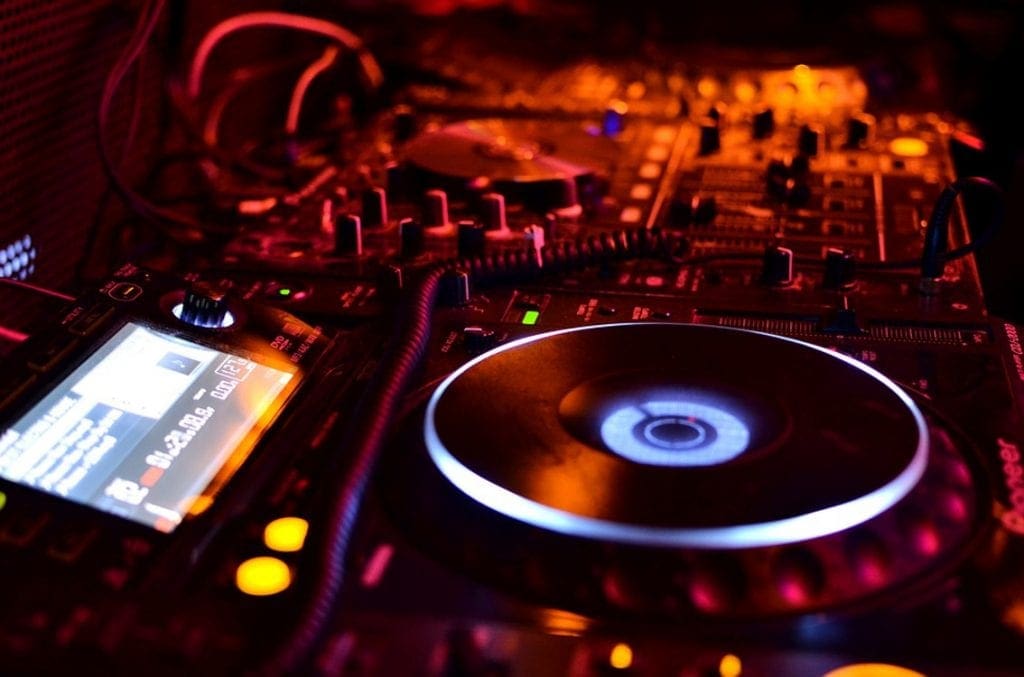

It all started a few years back with Rocksmith, a guitar-based video game that allowed you to control effects, layer tracks and record music from the comfort of your living room TV. Now the internet is inundated with hybrid music production/visualiser/video games that all seek to break barriers and provide something entirely new. As a consequence of the popularity of Rocksmith, it only made sense that the idea of virtual production studios would transition into VR with the release of products like the HTC Vive and Oculus.
The brands involved promote VR as an entirely new and immersive way to experience music, and there are plenty of musicians who are embracing this new technology to produce stunning 360-degree music videos to accompany new tracks and live sets. Muse, Bjork and Run the Jewels are some of the big names that come to mind. The idea behind the 360-degree VR music videos, as well as the virtual studios, is to quite literally put you into the music.
Among the many ways that virtual reality is supposedly changing the world is the ability to have a virtual turntable or production studio, which should be pretty high up there for music fans and creators. Apps like Soundstage, or the more recent Electronauts, give you virtual access to what would otherwise be very cumbersome and expensive equipment. These programs remove the effort and financial cost of actually setting up your own production studio—but can they be considered serious methods for making music?
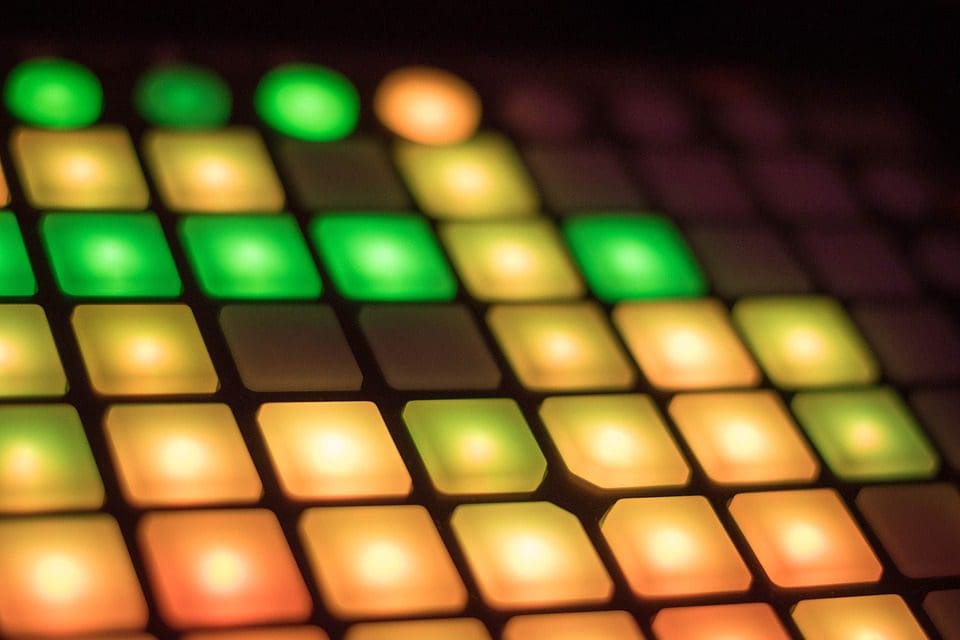

A large part of the appeal of these VR applications is the simple interface and intuitive design that allows you to create studio-quality music without being an expert in sound engineering. For example, Soundstage allows you to build your own studio in a 3-dimensional virtual space and arrange synthesizers, drums, and various other equipment to your preference. From there, you can load up or create sample ‘cassettes’ and arrange them to create longer tracks. You can jam out over these tracks with virtual drums or synthesizers or create new tracks from scratch using various loop effects. Soundstage has a whole suite of effects that pretty much cover everything you need to create full tracks and DJ sets. An official line from the company states, “whether you’re a professional DJ creating a new sound or a hobbyist who wants to rock out on virtual drums, Soundstage gives you a diverse toolset to express yourself”. As a whole, the app comes together to present an impressive and novel take on music creation that appeals to those looking for something new, as well as to more experienced musicians looking for a lightweight and portable studio to sketch out new ideas.
Electronauts
As part of their release campaign, Electronauts got some big names in the music industry to produce tracks on the platform. One of these big names was Stargate, the Norwegian record-producing and song writing duo behind some of the most popular songs in the past 20 years, including some of Rihanna, Beyoncé and Katy Perry’s biggest hits. On YouTube you can also find plenty of quality, user-made videos demonstrating full DJ sets, remixes and electronic jam sessions.
Electronauts seems to lean more on the visual aspect of creating music, providing some stunning graphics and designs as you jam out. However, it seems to have less depth in terms of production capacity than some of its competitors, which perhaps makes it more accessible for beginners. That being said, the idea is still brilliant, and it is tremendous fun to play around with.
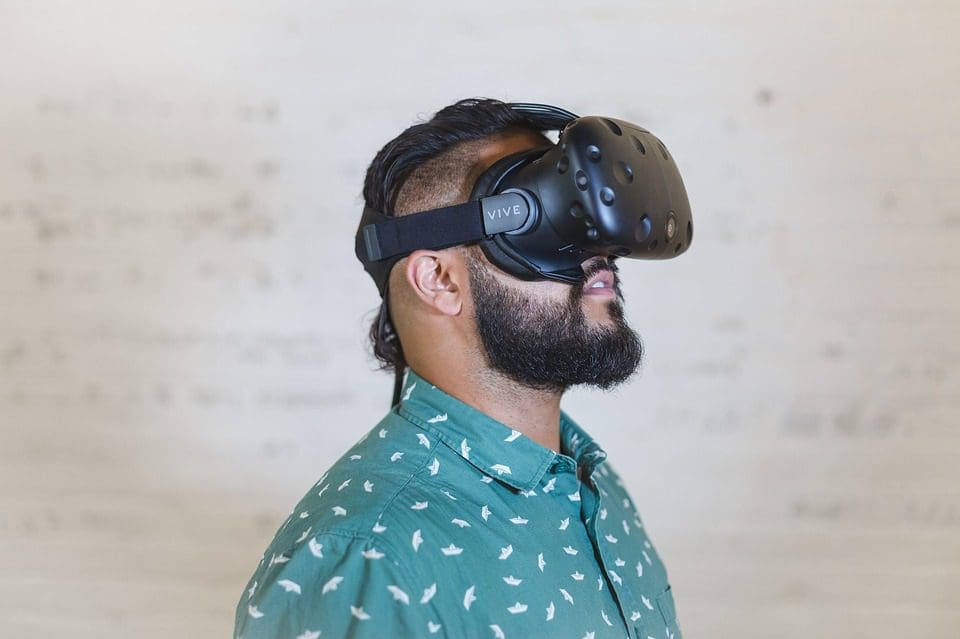

These fleshed-out virtual reality music studios work on a number of levels, whether as a recording tool, an entertaining pastime or a tool to hone your musical chops. You can use them to learn an instrument or the basics of music production. They may never replace actual music studios for serious recording musicians, but it’s still interesting to see the development of VR music creation into something that is actually usable and accessible.
And with VR music videos, it makes you wonder if the concept of the “silent rave” (i.e., everyone listening to the music on headphones) will ever develop into silent VR discos where everyone has a VR headset strapped to their head. Dancing like that might be a bit of a nightmare, though…
Since you’re here …
… we have a small favour to ask. More people are reading Side-Line Magazine than ever but advertising revenues across the media are falling fast. Unlike many news organisations, we haven’t put up a paywall – we want to keep our journalism as open as we can - and we refuse to add annoying advertising. So you can see why we need to ask for your help.
Side-Line’s independent journalism takes a lot of time, money and hard work to produce. But we do it because we want to push the artists we like and who are equally fighting to survive.
If everyone who reads our reporting, who likes it, helps fund it, our future would be much more secure. For as little as 5 US$, you can support Side-Line Magazine – and it only takes a minute. Thank you.
The donations are safely powered by Paypal.




